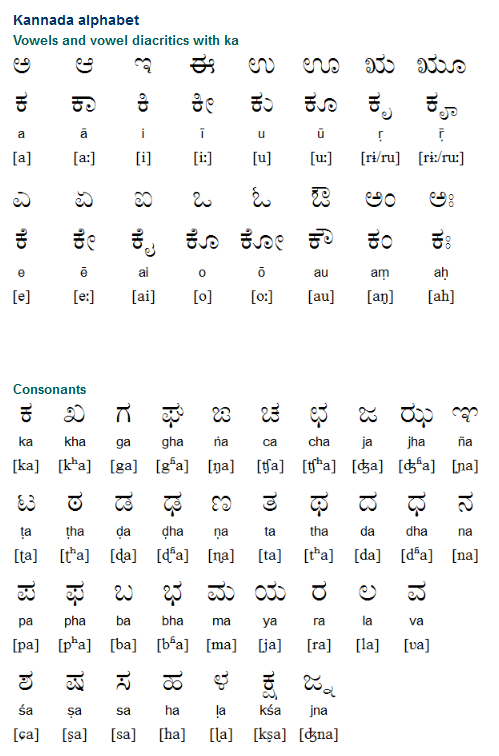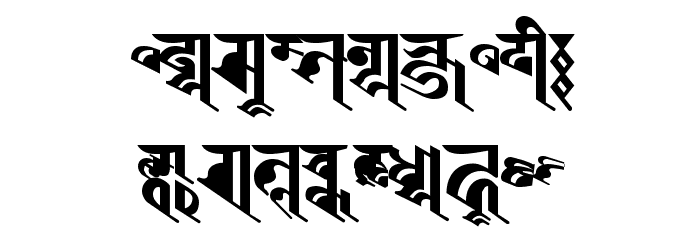
The earliest inscriptions which are accepted examples of Tamil writing date to the Ashokan period. The Tamil script, like the other Brahmic scripts, is thought to have evolved from the original Brahmi script. See also: Tamil-Brahmi, Vatteluttu alphabet, Grantha script, Pallava script, Kolezhuthu, and Arwi Historical evolution of Tamil writing from the earlier Tamil-Brahmi near the top to the current Tamil script at bottom Tirukkural palm leaf manuscript The Tamil script is written from left to right. In every case, the vowel marker is different from the standalone character for the vowel.

Others are written by adding a vowel-specific suffix to the consonant, yet others a prefix and still other vowels require adding both a prefix and a suffix to the consonant. Some vowels require the basic shape of the consonant to be altered in a way that is specific to that vowel. The combinatory letters are formed by adding a vowel marker to the consonant. The complete script, therefore, consists of the 31 letters in their independent forms and an additional 216 combinatory letters, for a total of 247 (12+18+216+1) combinations ( உயிர்மெய்யெழுத்து, uyirmeyyeḻuttu, "soul-body-letters") of a consonant and a vowel, a mute consonant or a vowel alone. However, it is listed at the end of the vowel set. ஃ is called "அக்கு", akku and is classified in Tamil orthography as being neither a consonant nor a vowel. Characteristics Diverging evolution of Tamil-Brahmi script (center column) into the Vatteluttu alphabet (leftmost column) and the Tamil script (rightmost column) Certain minority languages such as Saurashtra, Badaga, Irula and Paniya are also written in the Tamil script. It is one of the official scripts of the Indian Republic.

info)) is an abugida script that is used by Tamils and Tamil speakers in India, Sri Lanka, Malaysia, Singapore, Indonesia and elsewhere to write the Tamil language.The Tamil script ( தமிழ் அரிச்சுவடி Tamiḻ ariccuvaṭi, pronunciation ( help


 0 kommentar(er)
0 kommentar(er)
